
How to Use MAX4409: Examples, Pinouts, and Specs
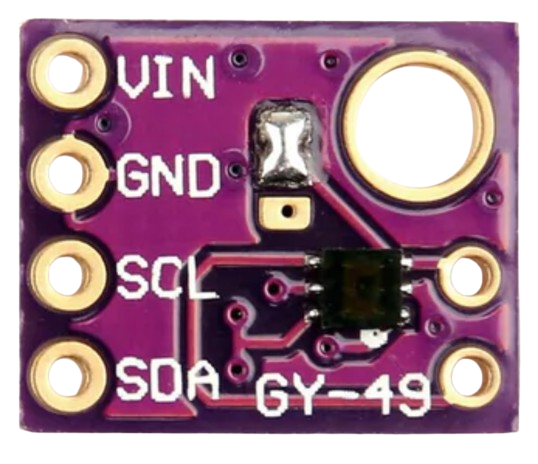
 Design with MAX4409 in Cirkit Designer
Design with MAX4409 in Cirkit DesignerIntroduction
The MAX4409 is an ambient light sensor with an I2C digital output. It features a wide dynamic range and low power consumption, making it suitable for portable devices and display backlighting applications. This sensor is designed to mimic the human eye's response to light, providing accurate measurements across a broad spectrum of lighting conditions.
Explore Projects Built with MAX4409
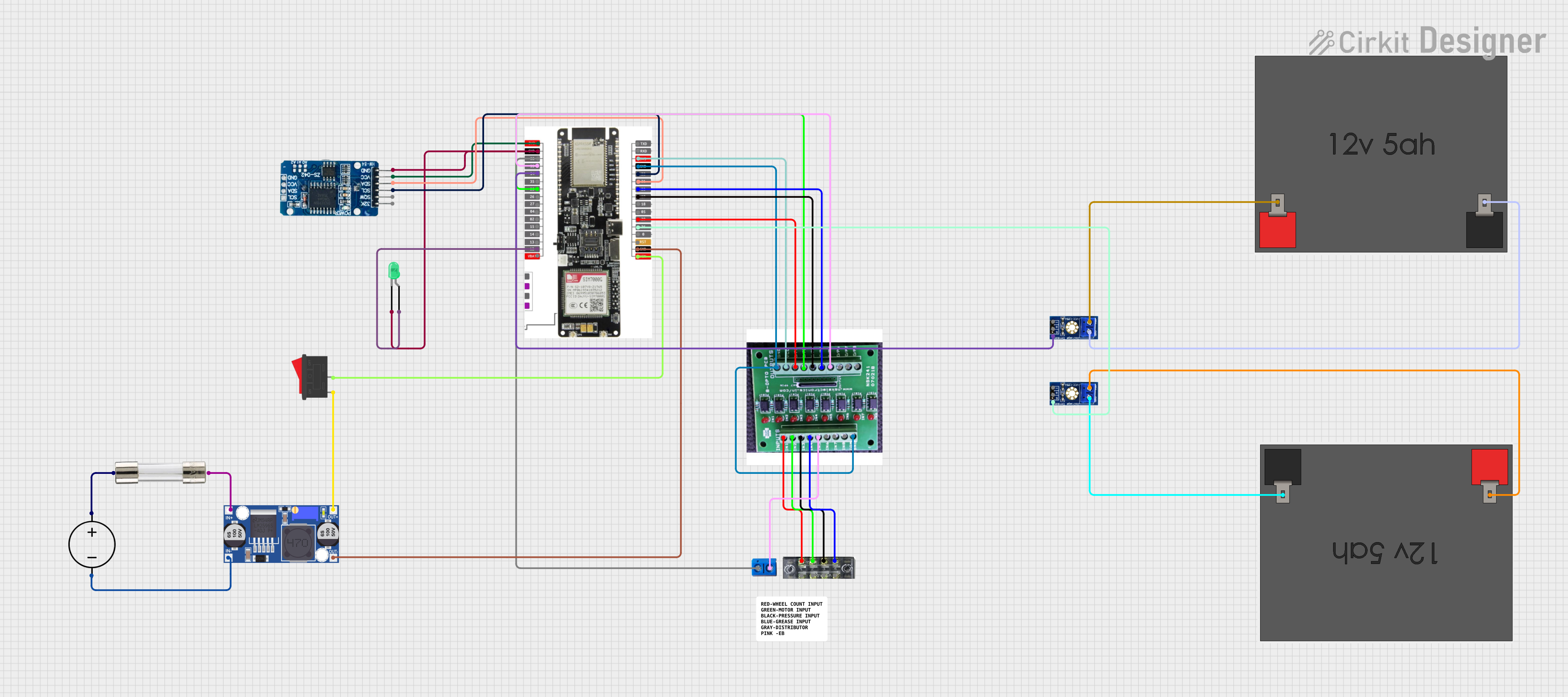
 Open Project in Cirkit Designer
Open Project in Cirkit Designer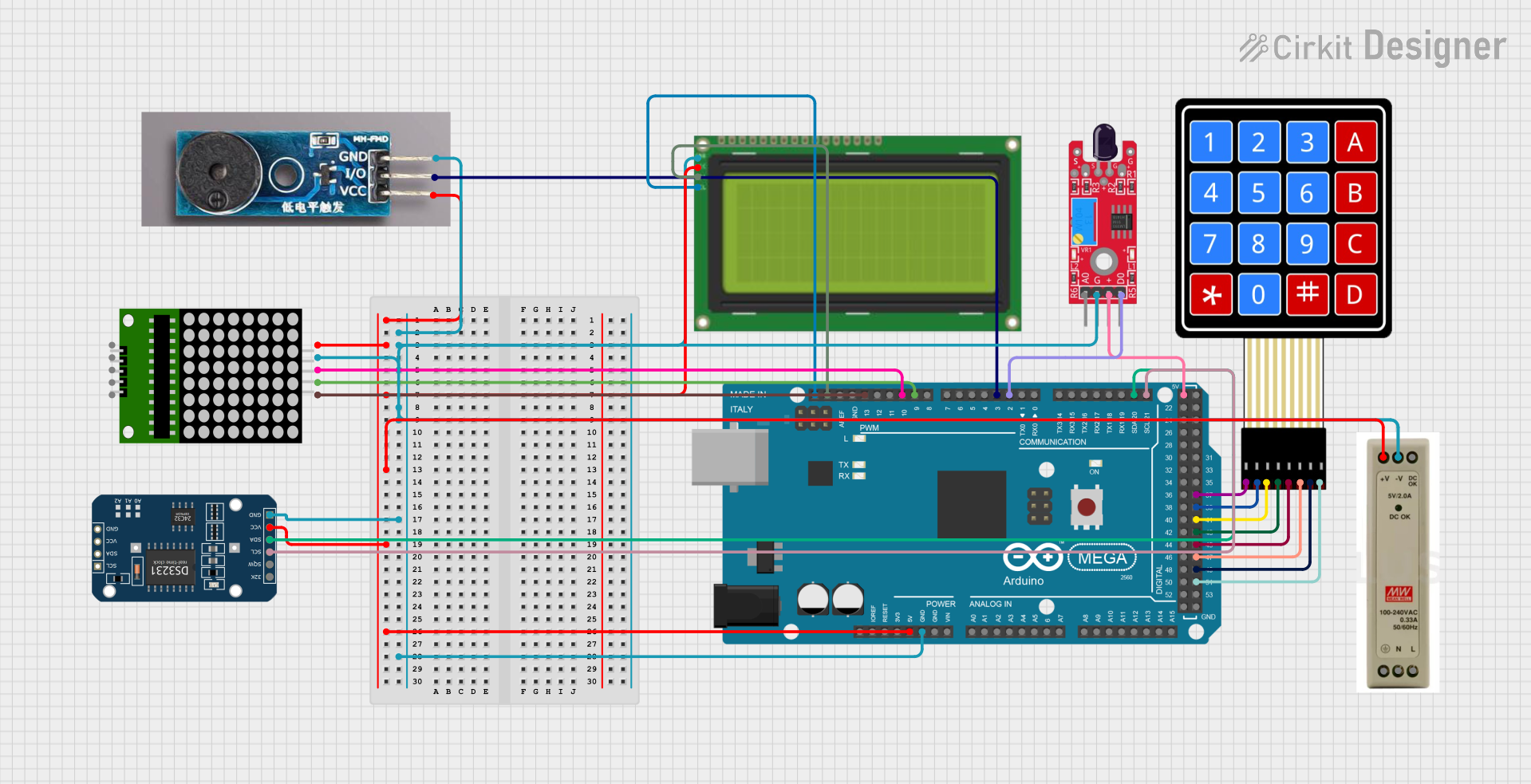
 Open Project in Cirkit Designer
Open Project in Cirkit Designer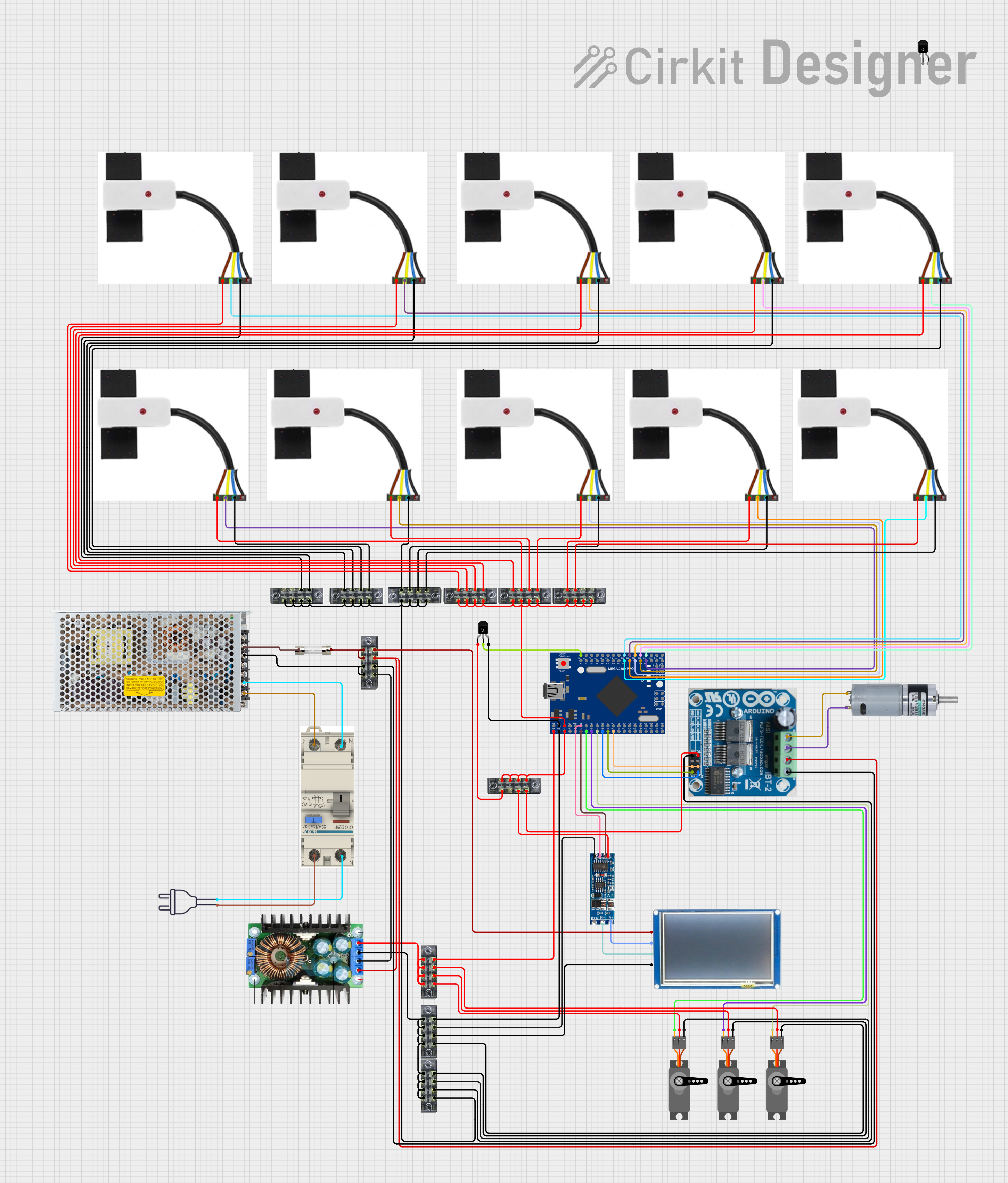
 Open Project in Cirkit Designer
Open Project in Cirkit Designer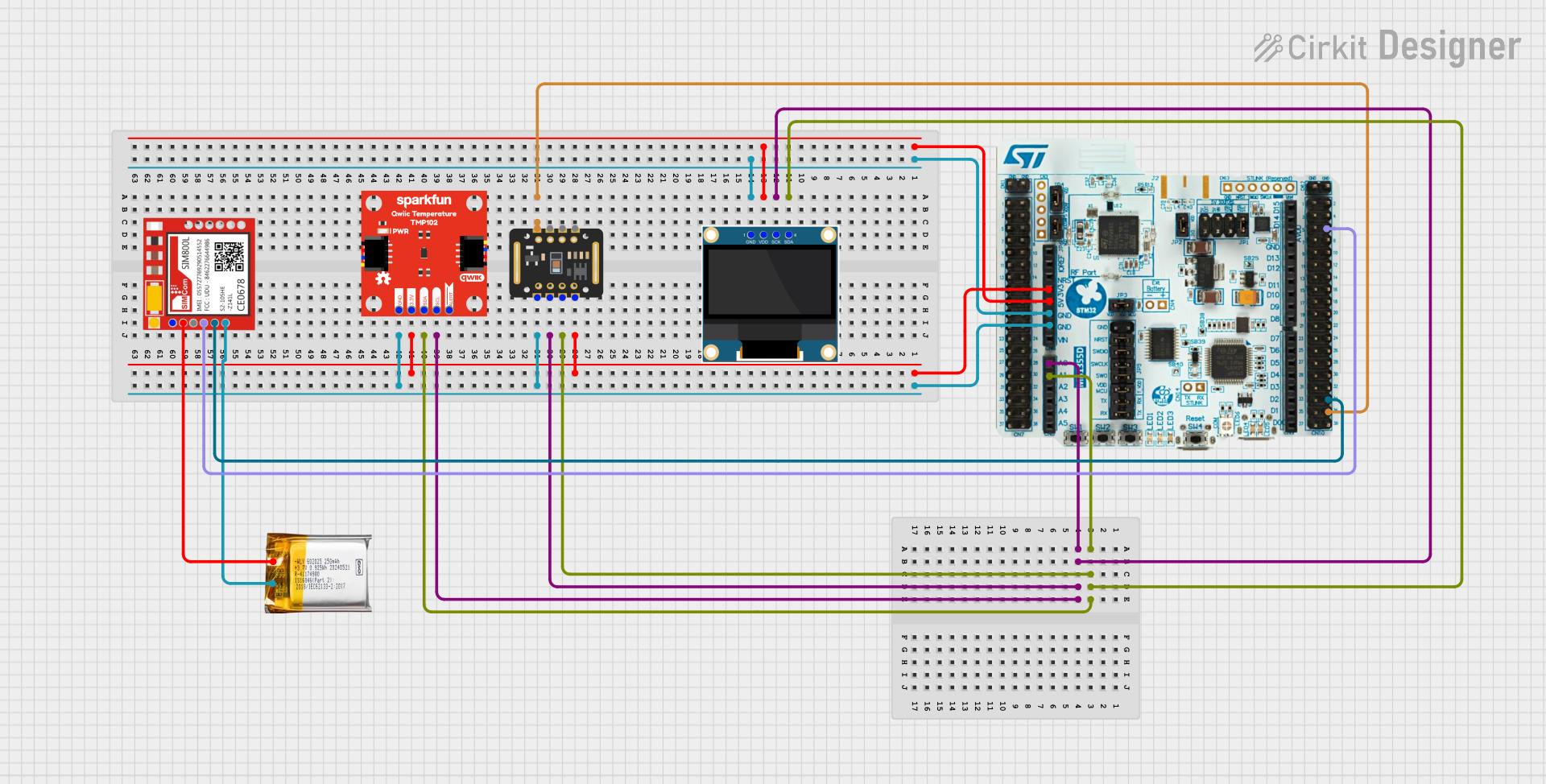
 Open Project in Cirkit Designer
Open Project in Cirkit DesignerExplore Projects Built with MAX4409

 Open Project in Cirkit Designer
Open Project in Cirkit Designer
 Open Project in Cirkit Designer
Open Project in Cirkit Designer
 Open Project in Cirkit Designer
Open Project in Cirkit Designer
 Open Project in Cirkit Designer
Open Project in Cirkit DesignerCommon Applications and Use Cases
- Portable devices (e.g., smartphones, tablets)
- Display backlighting control
- Automatic brightness adjustment
- Industrial lighting systems
- Consumer electronics
Technical Specifications
Key Technical Details
| Parameter | Value |
|---|---|
| Supply Voltage (Vcc) | 1.7V to 3.6V |
| Operating Current | 0.65µA (typical) |
| Lux Range | 0.045 lux to 188,000 lux |
| I2C Address | 0x4A (7-bit) |
| Output Type | I2C Digital Output |
| Operating Temperature | -40°C to +85°C |
Pin Configuration and Descriptions
| Pin Number | Pin Name | Description |
|---|---|---|
| 1 | VCC | Power Supply (1.7V to 3.6V) |
| 2 | GND | Ground |
| 3 | SCL | I2C Clock Line |
| 4 | SDA | I2C Data Line |
| 5 | INT | Interrupt Output (optional, not always used) |
Usage Instructions
How to Use the MAX4409 in a Circuit
- Power Supply: Connect the VCC pin to a power supply within the range of 1.7V to 3.6V. Connect the GND pin to the ground of the circuit.
- I2C Communication: Connect the SCL (clock) and SDA (data) lines to the corresponding I2C pins on your microcontroller. Pull-up resistors (typically 4.7kΩ) are recommended on both the SCL and SDA lines.
- Interrupt (Optional): If you wish to use the interrupt feature, connect the INT pin to a digital input on your microcontroller.
Important Considerations and Best Practices
- Power Consumption: The MAX4409 is designed for low power consumption, making it ideal for battery-operated devices. Ensure that your power supply is stable and within the specified range.
- I2C Address: The default I2C address for the MAX4409 is 0x4A. Ensure that this address does not conflict with other devices on the same I2C bus.
- Ambient Light Conditions: Place the sensor in a location where it can accurately measure ambient light without obstructions.
Example Code for Arduino UNO
#include <Wire.h>
#define MAX4409_ADDRESS 0x4A // I2C address of MAX4409
void setup() {
Wire.begin(); // Initialize I2C communication
Serial.begin(9600); // Initialize serial communication
}
void loop() {
uint16_t lux = readLightLevel();
Serial.print("Ambient Light Level: ");
Serial.print(lux);
Serial.println(" lux");
delay(1000); // Wait for 1 second before next reading
}
uint16_t readLightLevel() {
Wire.beginTransmission(MAX4409_ADDRESS);
Wire.write(0x03); // Command to read light level
Wire.endTransmission();
Wire.requestFrom(MAX4409_ADDRESS, 2); // Request 2 bytes from sensor
if (Wire.available() == 2) {
uint8_t msb = Wire.read(); // Read most significant byte
uint8_t lsb = Wire.read(); // Read least significant byte
uint16_t lux = (msb << 8) | lsb; // Combine bytes to form lux value
return lux;
} else {
return 0; // Return 0 if no data is available
}
}
Troubleshooting and FAQs
Common Issues and Solutions
No Data from Sensor:
- Check Connections: Ensure that all connections are secure and correct.
- I2C Address Conflict: Verify that no other devices on the I2C bus share the same address (0x4A).
Incorrect Light Readings:
- Sensor Placement: Ensure the sensor is not obstructed and is placed in an appropriate location to measure ambient light.
- Power Supply: Verify that the power supply voltage is within the specified range (1.7V to 3.6V).
I2C Communication Issues:
- Pull-up Resistors: Ensure that pull-up resistors are used on the SCL and SDA lines.
- I2C Speed: Check that the I2C bus speed is compatible with the MAX4409.
FAQs
Q: Can the MAX4409 be used in outdoor applications? A: Yes, the MAX4409 can be used in outdoor applications, but it should be protected from direct exposure to harsh environmental conditions.
Q: What is the maximum distance for I2C communication with the MAX4409? A: The maximum distance for I2C communication depends on the bus speed and the quality of the wiring. Generally, it is recommended to keep the distance short (less than 1 meter) to ensure reliable communication.
Q: How can I reduce power consumption further? A: To reduce power consumption, ensure that the sensor is in a low-power state when not actively measuring light. This can be managed through the microcontroller's power management features.
This documentation provides a comprehensive guide to using the MAX4409 ambient light sensor. Whether you are a beginner or an experienced user, following these instructions and best practices will help you integrate the sensor effectively into your projects.